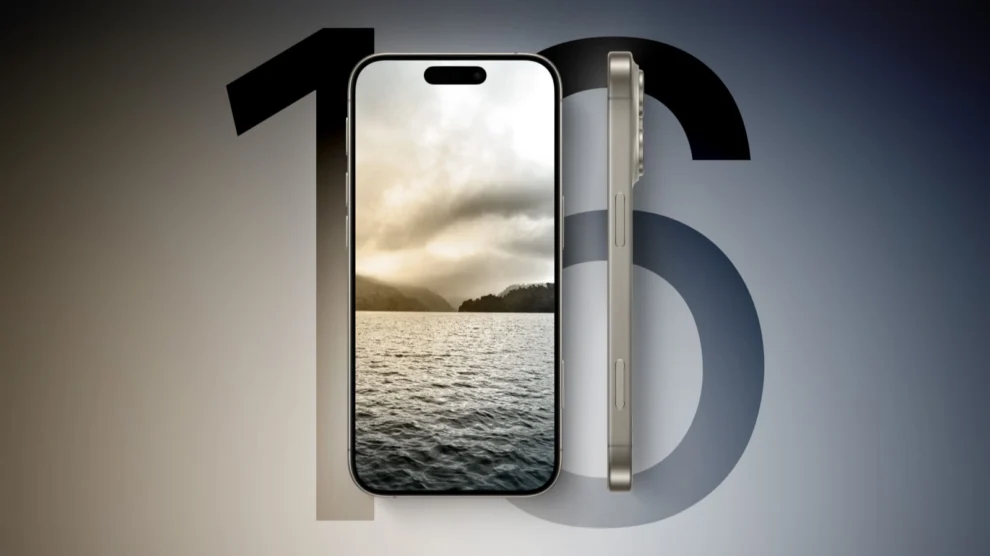Apple’s upcoming iPhone 16 series, expected to be unveiled in September 2024, is poised to introduce substantial enhancements, positioning it as a notable upgrade from previous models. The series will likely include standard, Pro, and Pro Max versions, each featuring design tweaks and technological advancements.
Design and Display Innovations
The iPhone 16 Pro models are rumored to have slightly larger displays than their predecessors, with improved screen technology that enhances brightness and reduces power consumption. These OLED panels may incorporate micro-lens array (MLA) technology, contributing to their efficiency and brightness. Additionally, Apple may reduce the bezel size, further refining the phone’s aesthetic.
Revolutionary Interface Changes
A significant shift may be seen in the interface with the introduction of capacitive buttons. Apple’s potential move away from physical buttons to solid-state versions could offer a more seamless and durable design. This includes a new ‘Capture’ button, expected to enhance camera functionality by allowing users to engage more intuitively with the phone’s photographic capabilities.
Camera and Biometrics
The camera system is anticipated to remain a key focus, with potential enhancements in the telephoto capabilities and general image processing power. Face ID components may be hidden under the display, streamlining the design and possibly improving the security and functionality of biometric authentication.
Performance Enhancements
Under the hood, the iPhone 16 Pro models are expected to feature the new A18 Pro chip, advancing processing power particularly in areas like AI and machine learning. The inclusion of Qualcomm’s Snapdragon X75 modem suggests significant improvements in 5G connectivity, potentially offering better speeds and efficiency. Additionally, an upgraded Neural Engine could enhance the phone’s AI capabilities, affecting everything from Siri’s performance to general task management.
Environmental and Health Upgrades
Further innovations may include better thermal management and possibly new health monitoring functionalities, aligning with Apple’s ongoing commitment to health technology. Improved water resistance and microphone quality could also enhance the usability of the iPhone in various environments.
The iPhone 16 series seems to balance aesthetic upgrades with substantial improvements in hardware and user interface design. Apple appears to be focusing on refining the user experience, enhancing the phone’s visual appeal, and boosting performance, particularly in connectivity and AI applications.








